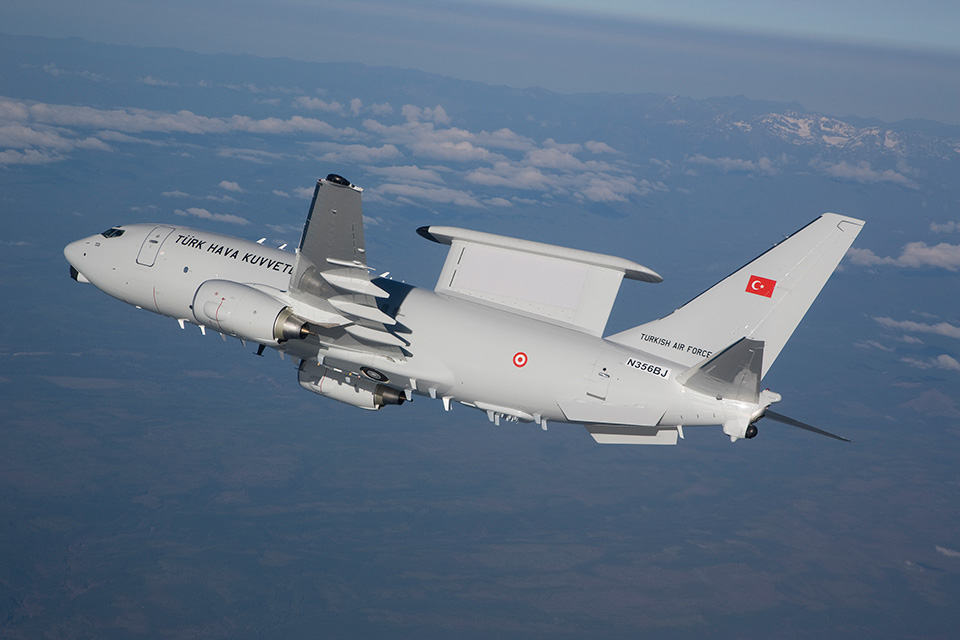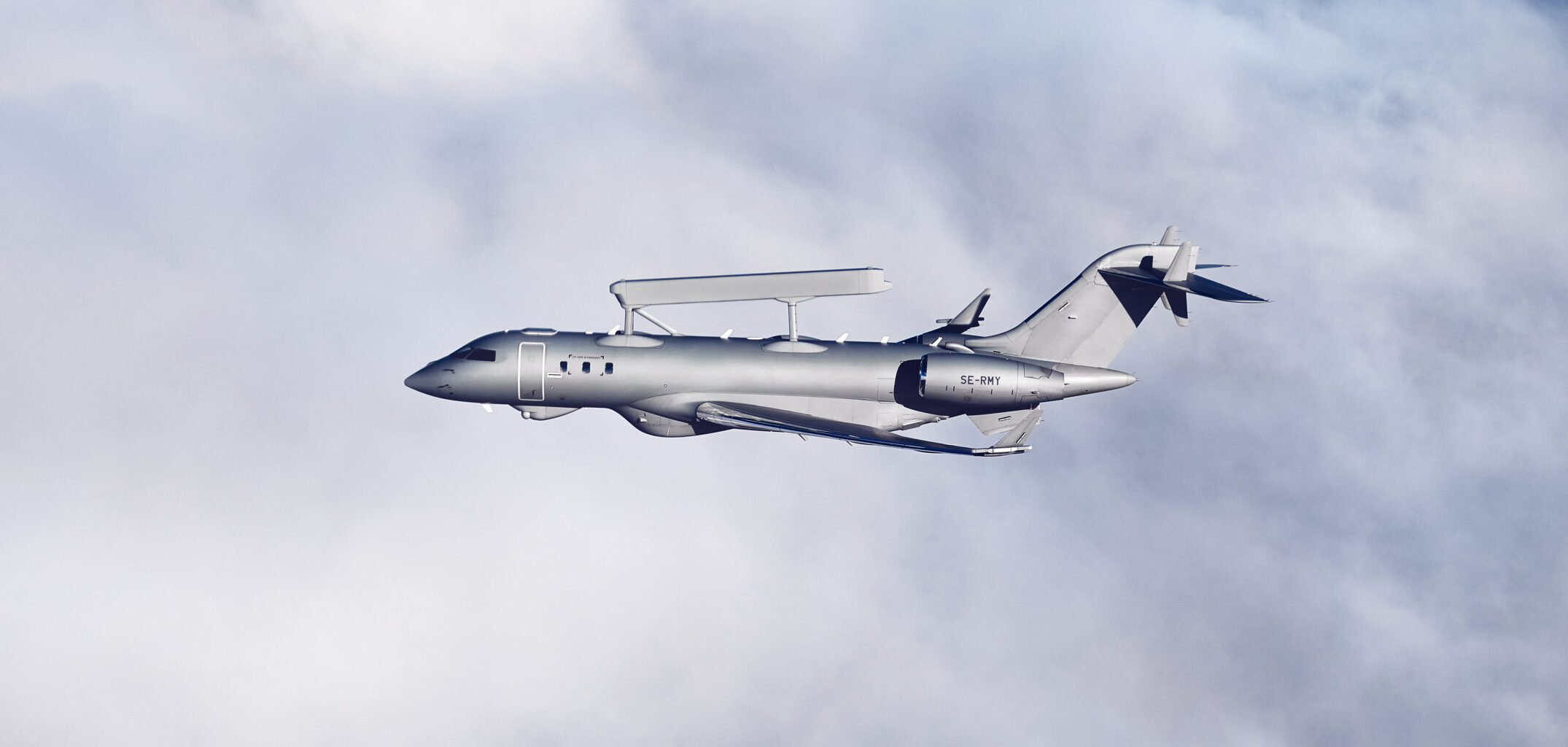NATO selects Boeing E-7A Wedgetail to replace part of its fleet of AWACS aircrafts
NATO selected the E-7A Wedgetail as its next generation of early warning, command and control aircraft as it nears retirement of its fleet of AWACS (Airborne Warning and Control) aircraft.
The NATO Support and Procurement Agency (NSPA) announced that it will procure six Boeing-built E-7A Wedgetail Airborne Early Warning and Control (AEW&C) aircraft from the U.S. through the U.S. Foreign Military Sales (FMS) mechanism. Production of Boeing’s six new E-7A Wedgetail aircraft will begin in the next few years, with the first aircraft expected to reach initial operating capability (IOC) in 2031.
We’ve decided on our acquisition strategy based on the E-7A #Wedgetail✈️aircraft by @BoeingDefense, to define @NATO ‘s future #AEW&C capability!
How are we responding to Nations’ requirements developing this capability jointly w/ @SHAPE_NATO & @NATO_ACT????? https://t.co/Mj8VfsbHMH pic.twitter.com/q1ESr2bsl4— NATO Support and Procurement Agency (NSPA) (@NSPA_NATO) November 15, 2023
“Surveillance and control aircraft are crucial for NATO’s collective defence and I welcome Allies’ commitment to investing in high-end capabilities,” said NATO Secretary General Jens Stoltenberg. “By pooling resources, Allies can buy and operate major assets collectively that would be too expensive for individual countries to purchase. This investment in state-of-the-art technology shows the strength of transatlantic defence cooperation as we continue to adapt to a more unstable world”.
Monitoring and Control Project of the Alliance’s Future
The Boeing E-7A purchase is part of the Alliance Future Surveillance and Control Project (AFSC) to seek a replacement for NATO’s fleet of 14 E-3 Sentry aircraft, which are scheduled to retire around 2035. While six E-7As seem too few (and they are) to replace the 14 AWACS, the NSPA defines this purchase as an «initial capability» purchase.

With the phased out-of-service of the 14 E-3s over the next few years, iAFSC seeks to provide an initial element to mitigate the risk of airborne surveillance and control capability shortfalls. The Wedgetail will be integrated, as one element, into the overall capability of the Alliance Future Surveillance and Control System of Systems (AFSC) system.
The selection of the E-7A Wedgetail was based on a rigorous evaluation process that took into account the benefits of economies of scale, commonality and interoperability derived from multinational procurement of commercially available military platforms. Comparable AEW&C procurement programs in Australia, South Korea, Turkey, the United Kingdom and the United States (all E-7 users) were also analyzed, whereby the Support Partnership Nations- (Belgium, Germany, Luxembourg, the Netherlands, Norway, Romania, and the United States) and NSPA concluded that the Boeing E-7A AEW&C Wedgetail is the only known system currently capable of fulfilling the strategic commands’ essential operational requirements and key performance parameters and available for delivery within the timeframe required.
And after the Wedgetail?
While the initial purchase of the six E-7As helps to provide a first response to NATO’s demand for AEW&C platforms, it is clear that replacing the extensive capabilities provided by the fleet of 14 E-3 Sentry aircraft will require the addition of more specialized aircraft. Particularly if the alliance accentuates its policy of expanding its presence in Asia and the Pacific, or seeks to extend its influence into Africa.
See also: NATO spreads its wings – and shows its claws – over the Pacific

In this regard, Swedish aerospace company SAAB proposed its GlobalEye solution for the AFSC program, and although it now appears to have lost the competition against Boeing’s aircraft, it could eventually find its place as a complementary (and more affordable) platform to the E-7A. Or NATO could acquire a second batch of Wedgatils down the road. Possibilities such as high-altitude unmanned aircraft and satellites equipped with powerful sensors, or combination of these, could also be future options to replace and surpass the capabilities currently granted by the trusty AWACS.

/https://aviacionlinecdn.eleco.com.ar/media/2023/11/E-7A-Wedgetail-for-NATO.jpg)
Para comentar, debés estar registradoPor favor, iniciá sesión